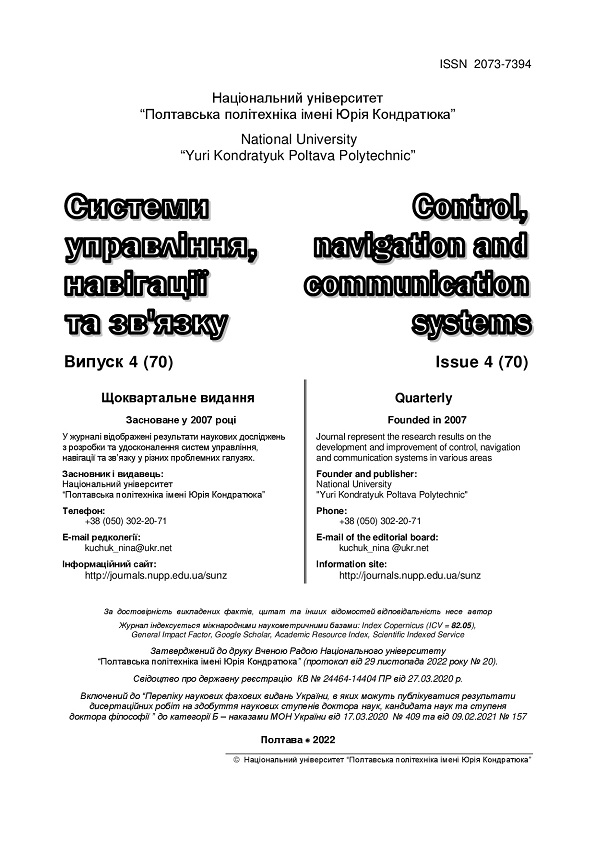МЕТОДОЛОГІЯ ВИЗНАЧЕННЯ РІВНЯ ЗАХИСТУ ПРАЦЮЮЧИХ В УМОВАХ ПОЗАРЕГЛАМЕНТНИХ ТЕМПЕРАТУРНИХ ВПЛИВІВ
DOI:
https://doi.org/10.26906/SUNZ.2022.4.142Ключові слова:
температурний вплив, теплопровідність, захист, коефіцієнт температуропровідностіАнотація
Захист працюючих в умовах позарегламентних (екстремальних) температур (низьких та високих) вимагає наявності ефективних захисних матеріалів та одягу з них. Для раціоналізації термозахисту доцільне попереднє оцінювання його ефективності за тих чи інших умов, що можливо здійснити розрахунковими методами. Для цього використане базове рівняння теплопровідності у одномірному вигляді. За наявності даних про товщини, питомі теплоємності, густини та коефіцієнти теплопровідності біологічних тканин (шкіри, кістки) можливе розрахування потрібної ефективності та параметрів матеріалу захисного шару. Для цього надано метод розрахунку коефіцієнтів температуропровідності кожного з шарів, крізь які відбувається теплоперенесення. Для числового розв'язання моделюючого рівняння використано явну різницеву схему. Отримані залежності надають значення коефіцієнтів температуропровідності на межах шарів з різними теплофізичними параметрами. Кількість вузлів за обраною віссю та крок сітки обирається у кожному конкретному випадку, виходячи з потрібної точності розрахунку. Враховуючи можливі розбіжності у значеннях сталих та коефіцієнтів, а також неоднозначність зовнішніх атмосферних впливів у розрахунки необхідно закладати певний запас ефективності захисту.Завантаження
Посилання
ITERNATIONAL ISO STANDARD 15743 First edition 2008-07-01 Ergonomics of the thermal environment — Cold workplaces — Risk assessment and management Ergonomie des ambiances thermiques — Lieux de travail dans le froid — Évaluation et management des risques Reference number ISO 15743:2008(E).
Костенко Т. В., Костирка О. В. 2018. Пропозиції щодо покращення теплового стану в підодежному просторі рятувальника. Вісті Донецького гірничого інституту. - № 1. - С. 53-60. doi:10.31474/1999-981x-2018-1-53-60
Болібрух Б. В. 2017. Визначення граничного часу роботи пожежника в теплозахисному одязі на основі тривимірної моделі. Науковий Вісник ХНУ. – Хмельницький, – № 1. – С. 95-104.
Rintamäki H. 2007. Human responses to cold. Alaska Med.;49(2 Suppl):29-31
Karjalainen S. 2012. Thermal comfort and gender: a literature review. Indoor Air Apr;22(2):96-109. doi: 10.1111/j.1600-0668.2011.00747.x.
Schaudienst Falk & Vogdt, Frank. (2017). Fanger’s model of thermal comfort: a model suitable just for men? Energy Procedia. 132. 129-134. doi: 10.1016/j.egypro.2017.09.658.
Тихонов А.Н., Самарский А.А. (1977). Уравнения математической физики. «Наука». 736 с.




